
Discovery of the M31 [OIII] emission arc
Recently, a major discovery by an international team of amateur astronomers and scientists has become a huge online hit, and this new discovery is just located in one of the
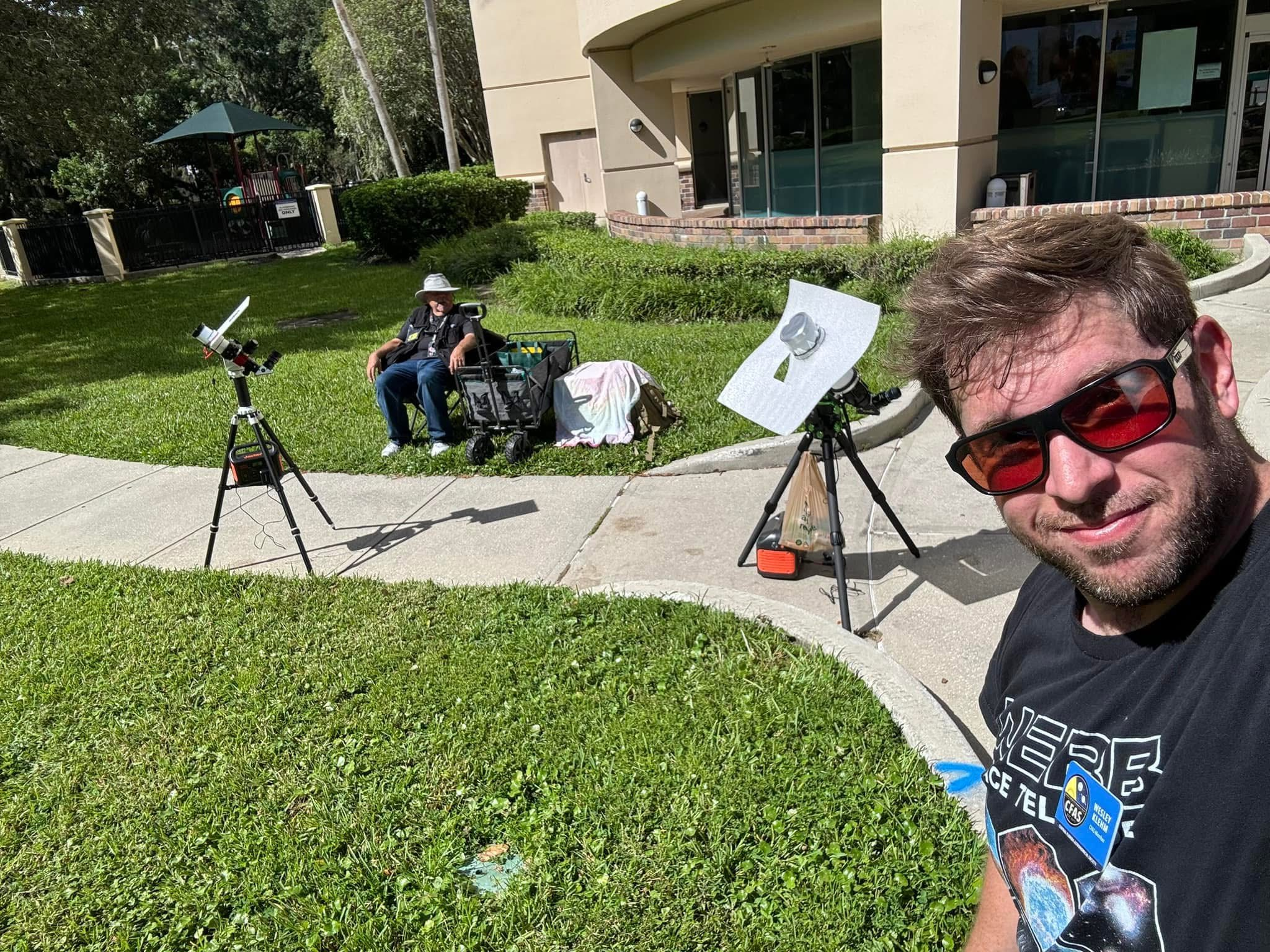
That 11-year-old boy staring at Horsehead Nebula photo would never have imagined…
Decades later, he’d be capturing amazing deep-sky images from his Florida backyard! “ It was amazing to see an image of something in space that I couldn’t see myself. There was so much more going on up there than I could image.”
Before we dive into Wesley’s story, let’s congratulate him on winning the ASIWEEK competition in week 13 of 2025! ASIWEEK is your chance to showcase your astrophotography skills and share your amazing shots with the community. We encourage all ZWO users to participate by submitting your best work. Each quarter and at the end of the year, we’ll be rewarding the top photographers with some great products for free. Don’t miss out on the opportunity to be recognized and win! Want to join? Just post your wonderful image in ZWO Astrophotography group and add hashtag #ASIWEEK!
Join ZWO Astrophotography group now
https://www.facebook.com/groups/zwoasiusers
See complete rules here: https://bit.ly/2ZMZizi
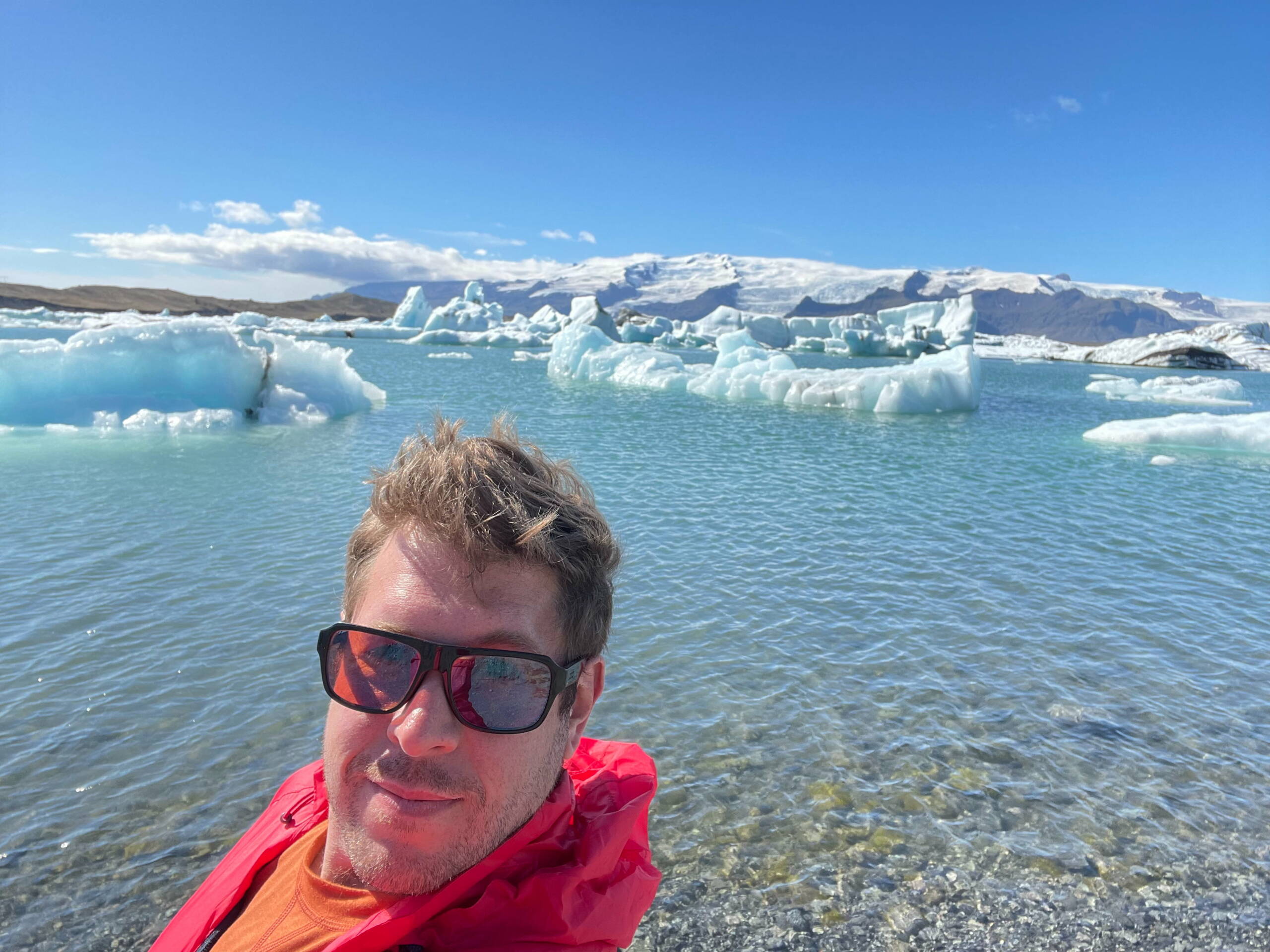
Like many during the pandemic, Wesley found himself in need of a hobby that he could do at home. When Saturn and Jupiter staged their spectacular conjunction in December 2020, he took the plunge and purchased his first proper telescope. What began as simple eyepiece photography using his smartphone soon became an all-consuming passion – that’s how you end up falling down the rabbit hole!
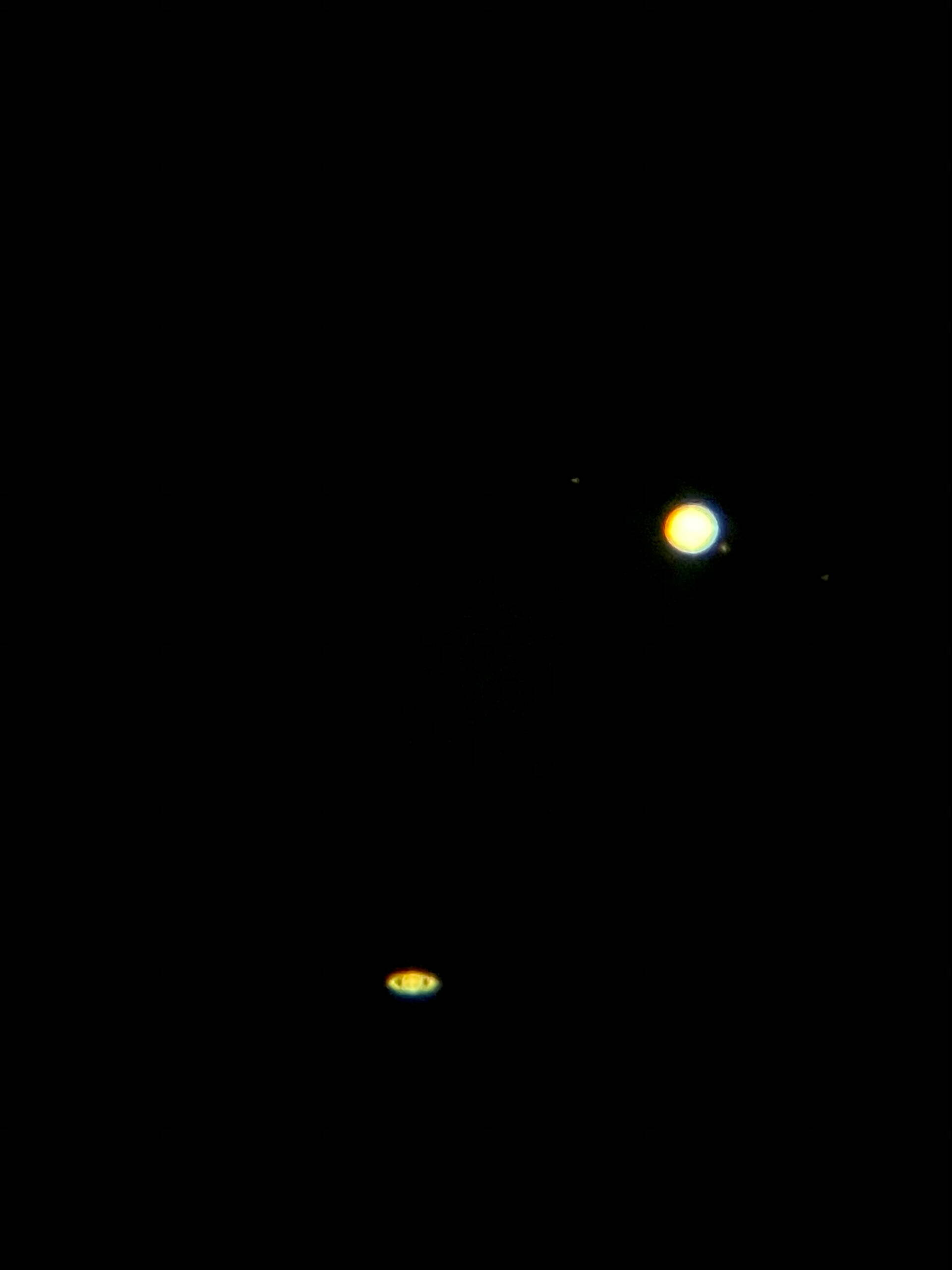
Every astrophotographer remembers their “first light” moment—that magical instant when the cosmos reveals itself through their own equipment. For Wesley, it came with an 8-minute exposure of M42, the Orion Nebula. What appeared on his screen wasn’t the Hubble-level detail he’d admired for years, but something arguably more precious: “an absolutely glorious smudge”
That faint nebulosity glowing through the noise represented more than photons captured; it was the moment astronomy transformed from something “only NASA or huge observatories were capable of” into a tangible, personal achievement—these experiences cemented his love for the cosmos.
To this day, Wesley keeps that humble first image on his phone. Not as a technical reference, but as a touchstone—a reminder that every amazing shot begins with a single, imperfect glimpse of the infinite. ” I still keep it on my phone as a reminder of where I started, and how far I’ve come.”The real treasure came when he joined the Central Florida Astronomical Society (CFAS). “It was delightful to meet like-minded people.“ he shared. Finally, he found a community where he could truly connect with others who shared his passion for astronomy and imaging. The ability to nerd out with fellow enthusiasts, exchange ideas, and learn from each other brought a new level of joy and inspiration to his journey. It wasn’t just about the stars anymore; it was about building lasting friendships with others who shared the same fascination for the cosmos.
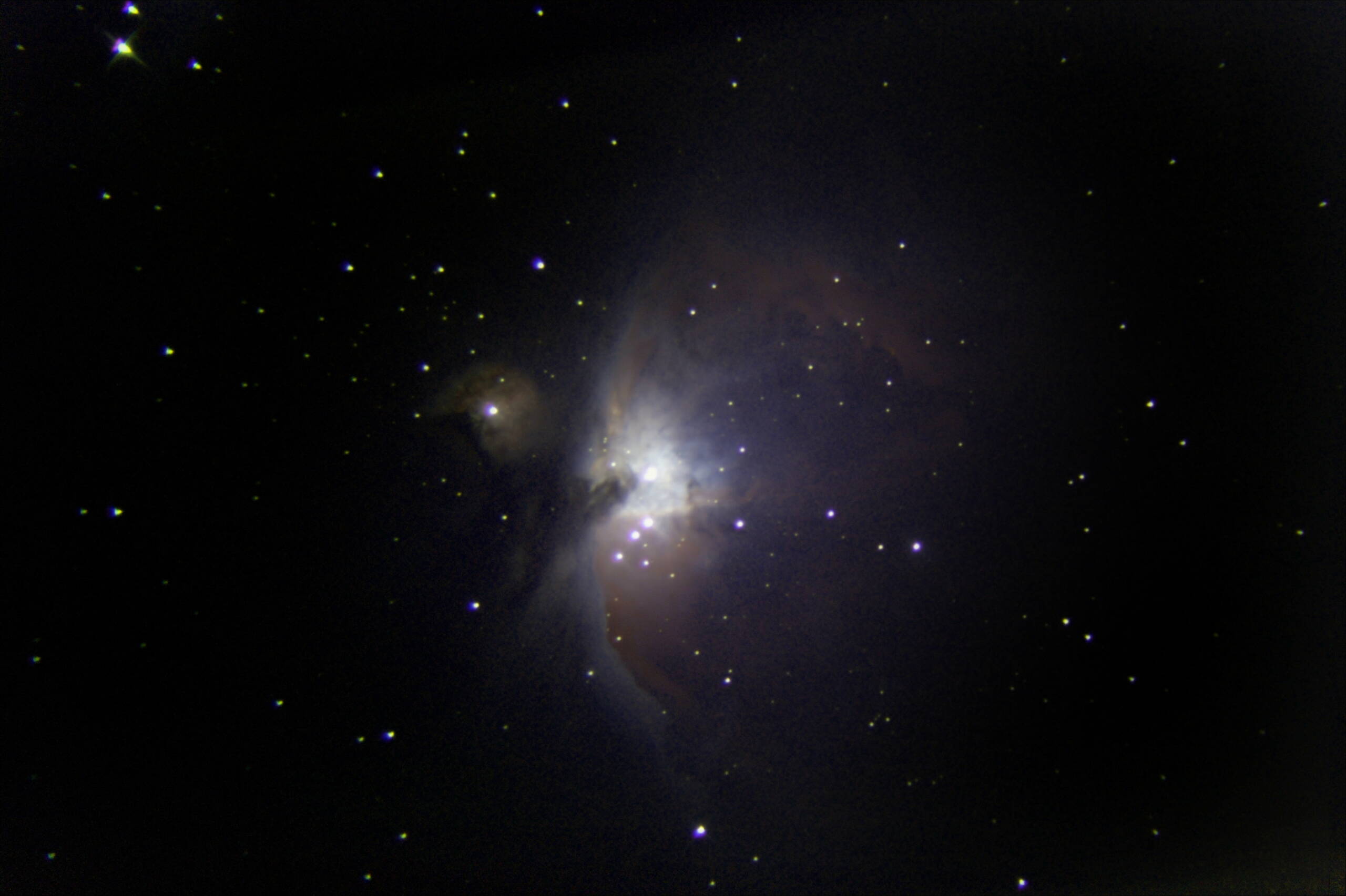
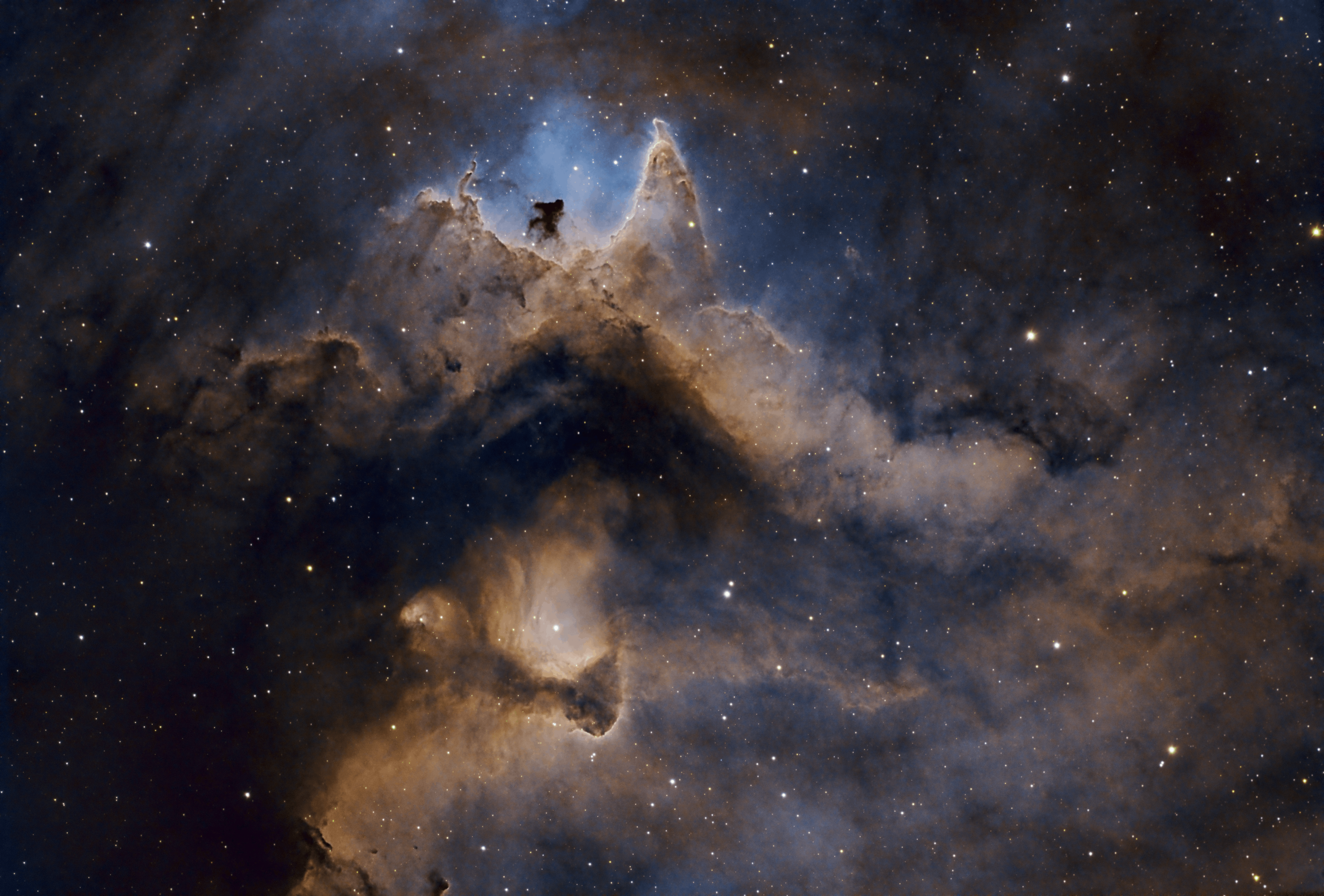
Equipped with two astrophotography dedicated setups, Wesley has mastered the art of backyard astrophotography. For wider cosmic vistas, his pairs a William Optics Redcat 51 with ZWO ASI294MM Pro camera with a ZWO 8×1.25” EFT with Astronomik LRGBSHO filters, riding on a compact Wave 150i mount. And use the ZWO EAF for focusing.
ASI294 Pro Series – Discovery Astrophotography with ZWO ASTRO
While Wesley occasionally visits his astronomy club’s dark sky site or special events like Florida’s Winter Star Party , his backyard remains mission control.” A common piece of advice is that the best telescope for you is the one that you’ll use, well similarly, the best location to image from is the one you can consistently use.” He reflects, having captured ASIWEEK-winning shots mere steps from his kitchen.

For Wesley, Florida’s temperamental weather proved to be his greatest astronomy adversary. Beginning his astrophotography journey during spring, he soon discovered the harsh reality of summer observing – sometimes only 1-2 clear nights per month from May through September. Countless evenings were spent staring longingly at his new equipment while relentless clouds obscured the stars above.For Wesley, the clouds may come and go, but his passion for the cosmos only grows stronger.
Every time he ran into a problem, these challenges only strengthened his resolve. “I’m not the first to face this.” The Cloudy Nights really really helped, where nearly every technical hurdle he encountered had already been solved by the community.

Four years into his cosmic journey, Wesley’s motivation comes from astronomy’s infinite possibilities. With countless celestial objects to capture and endless equipment combinations to try, the learning never stops. He already dreams of upgrading to longer focal lengths to reveal even fainter galaxies.
For Wesley, the most meaningful achievement in astrophotography has been his personal growth. “Truth be told, my biggest achievement is how I’ve grown. Historically, I’ve never been a creative or artistic person. And now I have several of my images hanging in our home, in friend’s homes. I’ve even sold a couple and had my work hung in a library for a time. Having other people appreciate something I’ve created just remarkable.” he said
He frequently returns to photograph the Monoceros and Auriga regions, home to nebulae like the Cone, Rosette, Flaming Star, and Tadpoles. These areas fascinate him because each time he upgrades his equipment, he discovers new details in the nebulae that weren’t visible before – a clear sign of his improving skills.
Looking ahead, Wesley is working on two challenging projects from his Bortle 7 backyard: capturing the faint Integrated Flux Nebula around Polaris, and collecting hundreds of hours of narrowband data on the Andromeda Galaxy to reveal its recently discovered O3 arc. These targets may take a year or two to complete, but they demonstrate his dream.
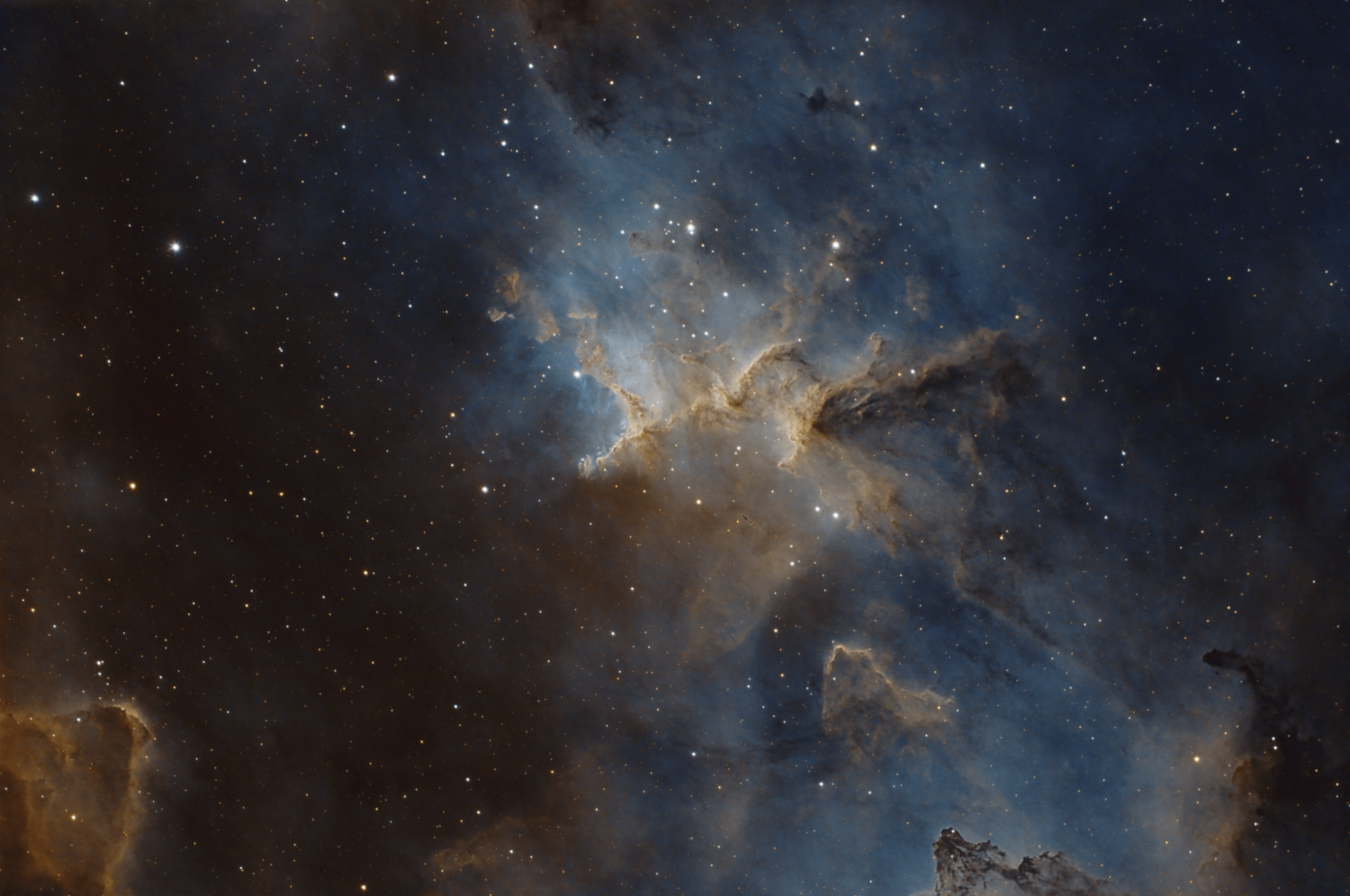
When Wesley decided to upgrade from his DSLR, he dove into the deep end with the ZWO ASI294MM Pro camera and filter wheel. “Monochrome was supposedly more difficult” he recalls, “But yielded the best images. So that’s where I started. And it didn’t disappoint!” His very first test shot of galaxies M81 and M82 revealed details he’d never captured before. “I was blown away at what a single subframe picked up!” Four years later, Wesley’s original ASI294MM Pro and filter wheel are still going strong as part of his primary gear.
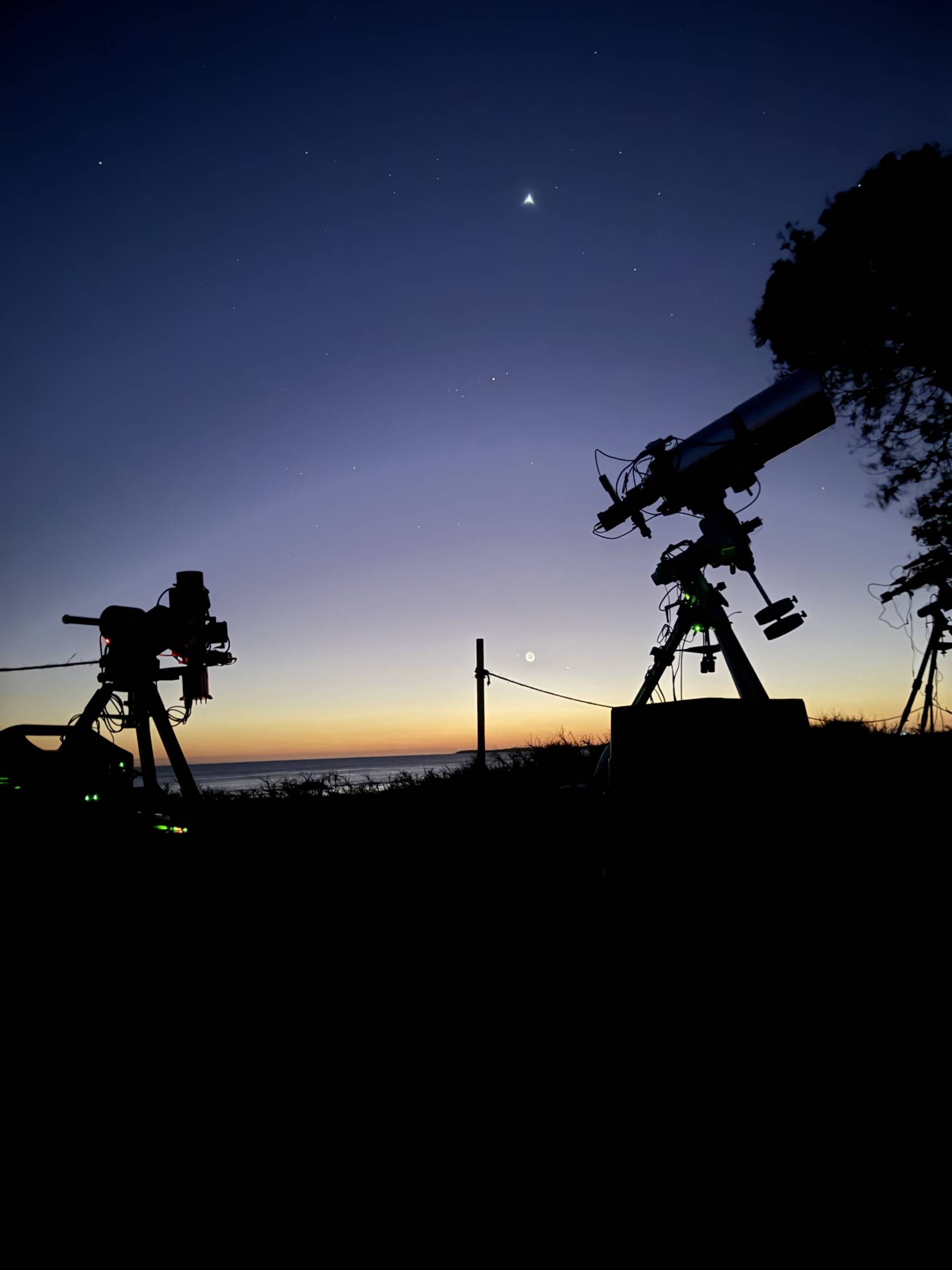
As an active member of his local astronomy club, Wesley has witnessed how Seestar are revolutionizing beginner outreach. “They’ve lowered the barrier to entry dramatically,” he observes. Many club members start with a Seestar, catch the astrophotography bug, and eventually upgrade to more advanced ZWO cameras.

Recently, a major discovery by an international team of amateur astronomers and scientists has become a huge online hit, and this new discovery is just located in one of the
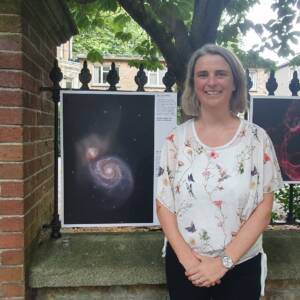
Hello,Sara Harvey,thanks for accepting our interview invitation. Congratulations on winning the ASIWEEK competition in week! Q1: At first, congratulation that your nice image won #ASIWEEK. Can you introduce yourself to
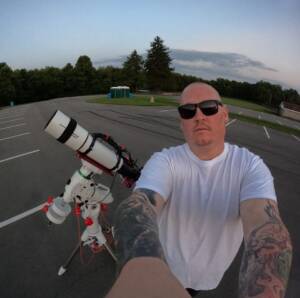
Astrophotography is more than just capturing images of the night sky—it’s a journey of discovery, patience, and creativity. For this passionate astrophotographer, what started as a chance encounter with a
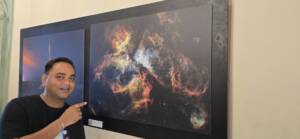
Taranjot Singh, an Indian origin Australian astrophotographer who is making waves on the international stage. Taranjot has been recognized as one of the Top 5 finalists in the prestigious Siena

The back focal length is advised by telescope manufacturers. Since most telescopes have a 55mm back focal length, we are here to provide detailed instructions for all ASI cooled cameras.Please
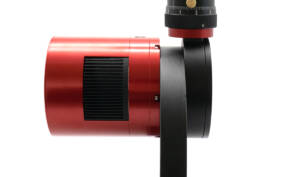
How to connect ASI6200MM Pro to 2″ EFW/M54 filter drawer and OAG-L? How many solutions are there for ASI6200MM Pro to get 55mm back focus length? If you are still